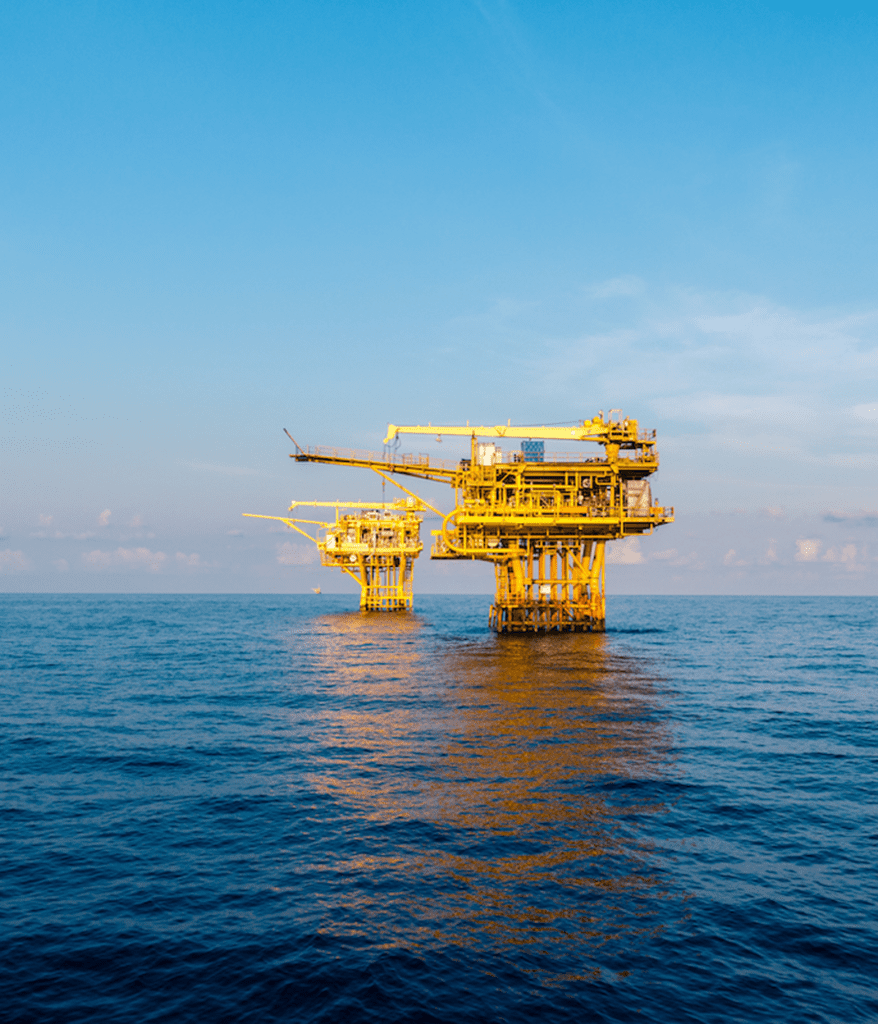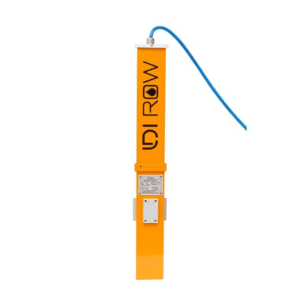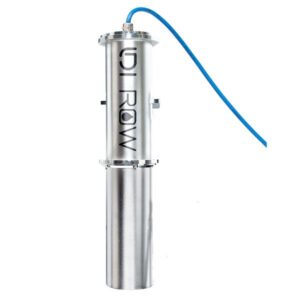Oil Spill Detection & Sensors
Oil Spill Detection & Sensors

Oil spill detection and monitoring play a crucial role in safeguarding marine ecosystems and preventing environmental disasters. With the increasing transportation of oil and gas across oceans, the need for efficient and reliable oil spill detection systems has become paramount. Advanced sensors have emerged as pivotal tools in this endeavor.
Oil spill sensors are designed to detect and quantify hydrocarbon levels in water, enabling early detection of spills and facilitating rapid response. These sensors utilize various technologies, including infrared spectroscopy, fluorescence, and laser-induced fluorescence, to identify and differentiate between oil and other substances in water. The ability to distinguish between crude oil and natural substances is essential for accurate detection and minimizing false alarms.
Remote sensing technologies, such as satellite-based sensors and aerial drones equipped with specialized cameras, contribute to large-scale monitoring of vast ocean areas. These technologies enhance the ability to identify and track oil spills in real-time, enabling prompt intervention to mitigate environmental damage.
Additionally, buoy-based sensors and underwater monitoring systems are deployed in strategic locations to provide continuous surveillance of vulnerable areas. These sensors not only detect oil spills but also monitor environmental variables like water temperature and salinity, providing a comprehensive understanding of the impact of spills on ecosystems.
As environmental concerns escalate, the development and integration of cutting-edge sensors for oil spill detection continue to evolve. The collaboration between technology, environmental science, and policy implementation are crucial components in creating a sustainable and resilient approach to safeguarding our oceans from the devastating effects of oil spills.




